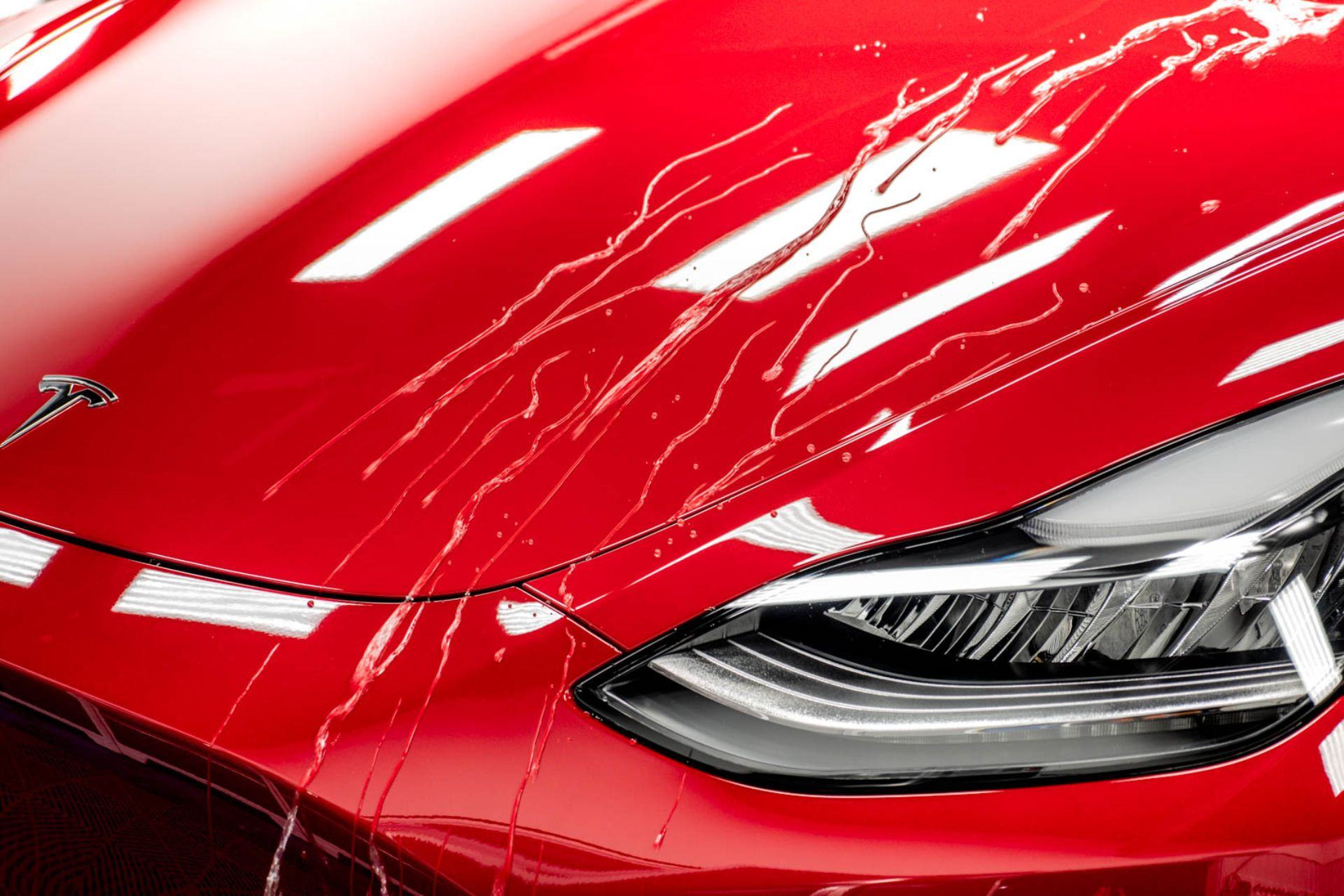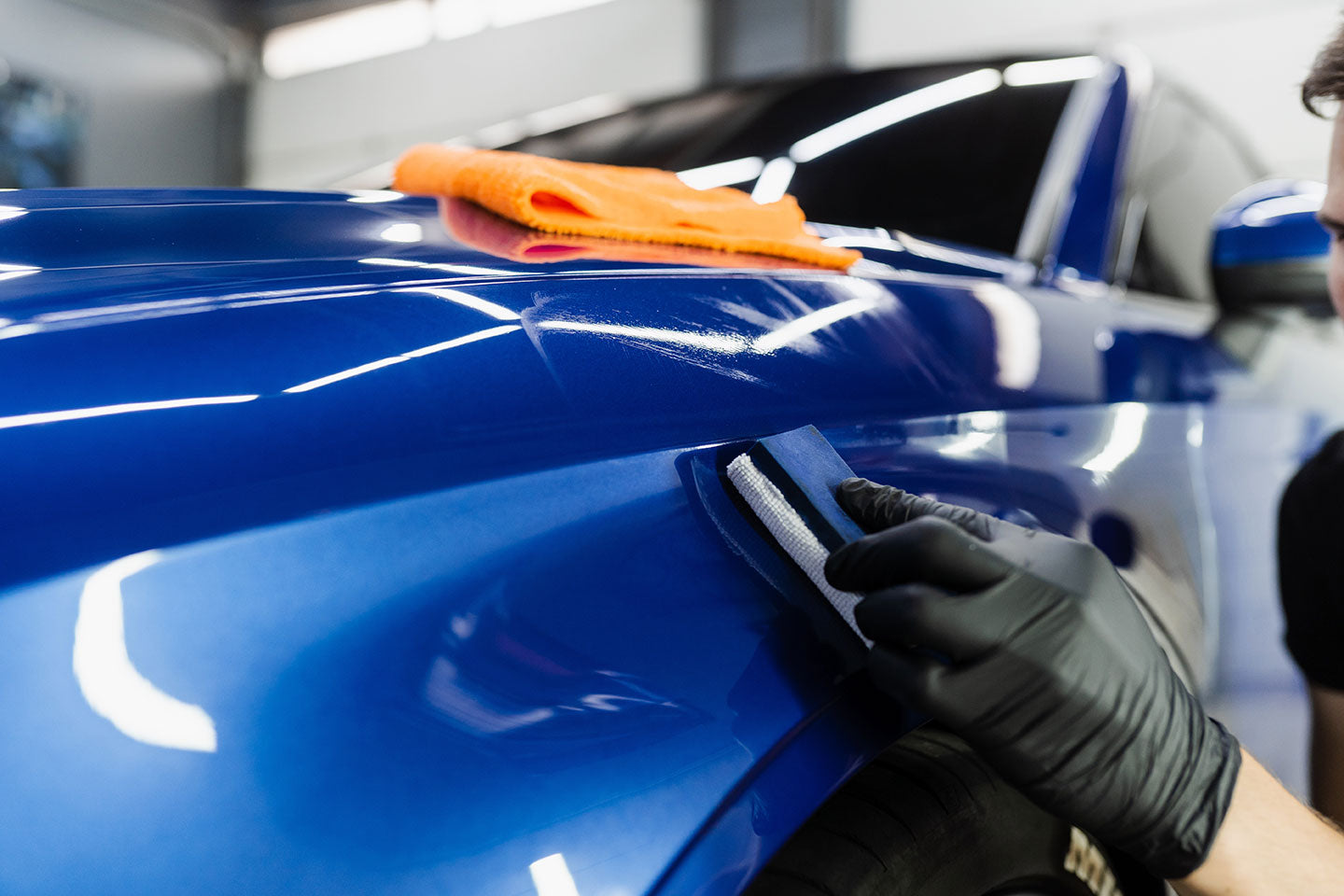A Comprehensive Overview to the Sorts Of Ceramic Layer on the marketplace
Ceramic finishings have actually arised as a crucial solution throughout various industries due to their distinct properties and applications. From silica-based formulations recognized for their robustness to hybrid alternatives that merge several advantages, the options offered can be frustrating. Comprehending the nuances of each kind, including their details benefits and excellent usage situations, is necessary for making educated decisions. As we discover the distinctive attributes and applications of these coatings, the implications for performance and longevity become significantly apparent, elevating concerns about which type might ideal fit your needs.
Recognizing Ceramic Coatings
Ceramic coatings are sophisticated protective remedies that have actually gained appeal in numerous markets, specifically in automobile and aerospace applications. These finishings include a fluid polymer that, when treated, creates a long lasting, hydrophobic layer on the surface of the substratum. This layer supplies boosted resistance to ecological pollutants, UV radiation, and chemical direct exposure, therefore prolonging the life and aesthetic appeal of the underlying product.
The basic part of ceramic coatings is silica, which adds to their hardness and durability. The application procedure generally entails surface preparation, application of the finish, and curing, which can be achieved via warm or UV light. When healed, ceramic finishes display exceptional bonding homes, allowing them to stick strongly to a variety of surface areas, including steels, plastics, and glass.
Along with their safety attributes, ceramic coatings likewise offer simplicity of maintenance. Their hydrophobic nature minimizes the adherence of dirt and grime, making cleansing less complex and much less regular. On the whole, the fostering of ceramic layers represents a considerable innovation in surface defense innovation, providing both practical and visual benefits across several sectors.
Kinds Of Ceramic Coatings
Numerous types of ceramic finishings are readily available, each designed to satisfy certain performance demands and applications - ceramic coating sarasota. One of the most common types include:
Silica-based Coatings: These coatings primarily contain silicon dioxide and are understood for their toughness and chemical resistance. They are commonly utilized in automotive and commercial applications.
Titanium Dioxide Coatings: Prominent for their photocatalytic residential or commercial properties, titanium dioxide layers are frequently applied in atmospheres where self-cleaning and antifungal residential or commercial properties are desirable, such as in structure materials and auto surfaces.
Zirconia Coatings: Characterized by their high-temperature security and thermal resistance, zirconia finishes are used in applications such as turbine engines and high-performance vehicle components.
Alumina Coatings: Displaying superb hardness and thermal stability, alumina coverings are often used in wear-resistant applications, including cutting devices and commercial equipment. - Car Detailing
Crossbreed Coatings: Integrating the residential properties of numerous materials, crossbreed layers provide enhanced efficiency features, making them suitable for special and demanding applications.
Each kind of ceramic finishing offers distinct purposes, allowing users to select the most proper service based on particular environmental problems and performance requirements.
Advantages of Ceramic Coatings
Coatings play an essential duty in boosting the performance and durability of surface areas across various markets. Ceramic coverings, specifically, offer numerous benefits that make them increasingly preferred among makers and consumers alike. Among the main advantages is their extraordinary resilience. These coatings are immune to scratches, chemicals, and UV rays, ensuring that the underlying surface continues to be secured in time.
In addition to durability, ceramic coverings provide superb hydrophobic homes, permitting very easy cleaning and maintenance. This water-repellent nature reduces the adherence of dirt, grime, and various other impurities, which can extend the aesthetic appeal and functionality of the surface area. Ceramic layers can substantially enhance thermal resistance, making them optimal for applications that withstand high temperatures.

Application Refine
When using ceramic coverings, a meticulous approach is vital to attain optimal outcomes. The application procedure normally starts with comprehensive surface prep work. This includes cleaning, sanitizing, and brightening the surface to remove all pollutants, consisting of dirt, grease, and prior waxes or sealants. A clean surface area guarantees proper attachment of the covering.
As soon as the surface area is prepped, the following action is to use the ceramic covering. This can be done using an applicator pad or a click over here now microfiber cloth, making certain even insurance coverage. It is important to function in small areas to keep control and protect against premature healing. The covering should be applied in thin layers, as thicker applications can bring about uneven surfaces.
After application, the covering requires a particular curing time, normally ranging from a couple of hours to a complete day, depending on the product. During this time around, it is crucial to stay clear of direct exposure to wetness or pollutants. Lastly, a mild buffing might be needed after curing to improve the gloss and get rid of any type of high areas. Adhering to these actions carefully will maximize the performance and durability of the ceramic finish, giving a sturdy protective layer for the surface.
Maintenance and Longevity
To guarantee the long life and performance of a ceramic coating, normal upkeep is essential. Ceramic coverings, understood for their durability and safety top qualities, call for certain care regimens to maximize their life expectancy and efficiency. The initial action in upkeep entails regular cleaning with pH-neutral soap, staying clear of rough chemicals that can break down the covering. It is advisable to clean the car routinely, ideally every 2 weeks, to avoid the buildup of impurities that can compromise the finishing's integrity.
Along with regular washing, routine evaluations are essential. Seek indications of wear or damages, such as hydrophobic residential or commercial properties reducing or surface flaws. If necessary, a light polish may be used to renew the covering without stripping it away.
Moreover, the application of a Check This Out booster spray can improve the covering's hydrophobic impacts and restore its gloss. This is especially valuable for layers that have actually remained in usage for an extensive period. Eventually, by adhering to these upkeep methods, one can significantly extend the life of a ceramic coating, ensuring that it remains to give optimum protection against environmental aspects and keep the aesthetic allure of the lorry.
Conclusion
